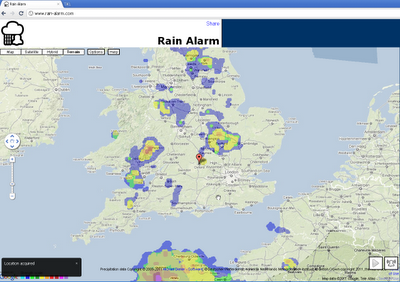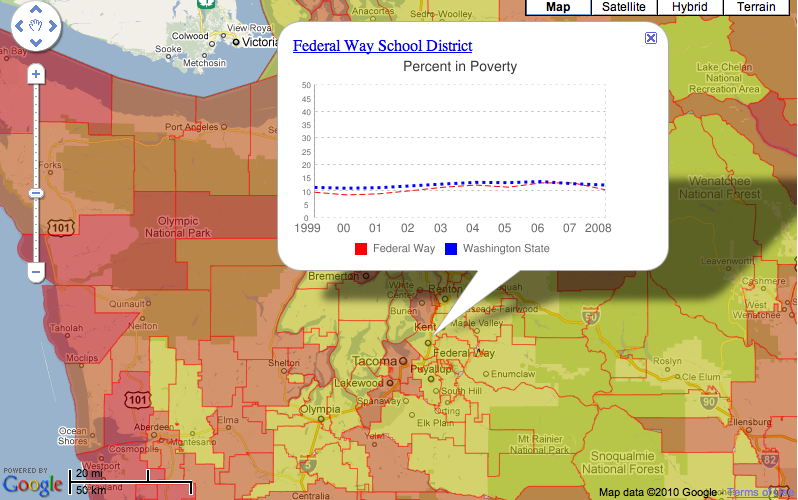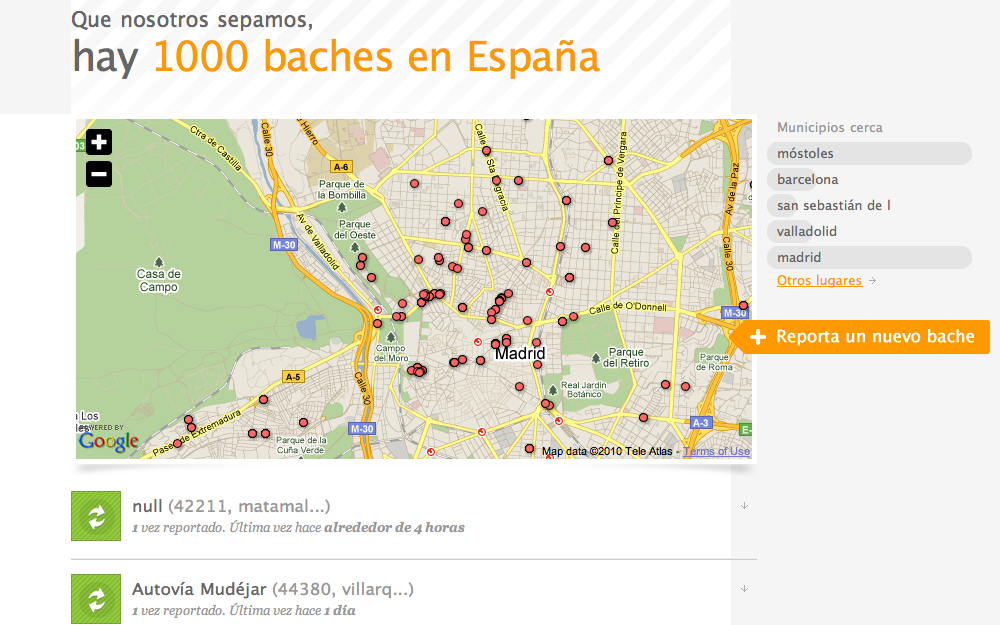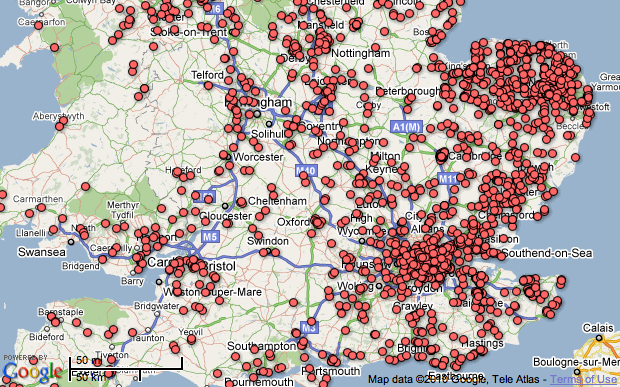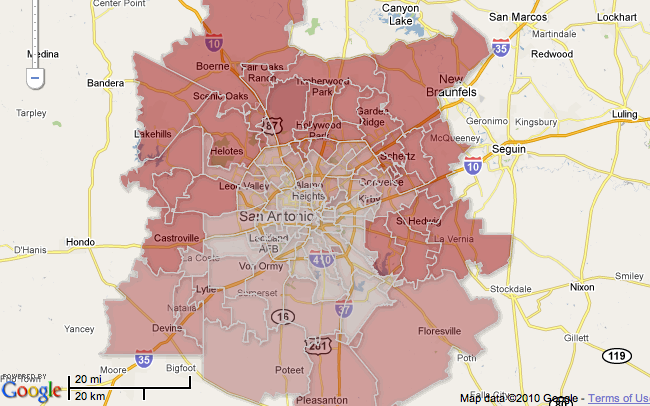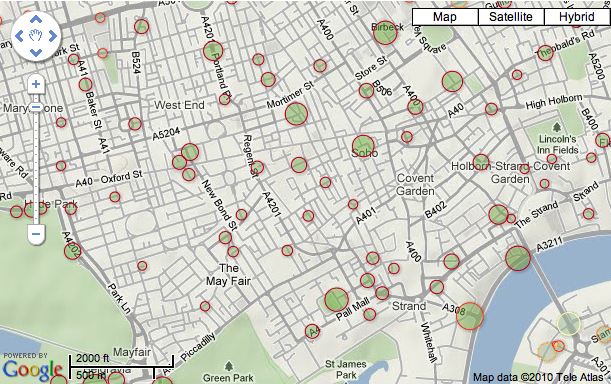In celebration of Google I/O 2011, many Google offices around the world, as well as GTUG partners and Student Ambassadors, are hosting free viewing parties of Google I/O sessions. If you can’t attend Google I/O in person, these events are a way to connect with other talented developers and watch live feeds of the conference.
Part viewing party and part community building, Google I/O Extended events are free and worldwide, focused on bringing the developer community together to live-stream the keynote and other major sessions of Google I/O. Each location’s event will be a little different, so check the registration page of the closest location to see what they have planned. With limited space, registration is required. Learn more and find an I/O Extended event near you on the I/O Extended site. These events are being organized by local developer community leaders and university ambassadors, so please reach out to them specifically if you have any questions about the details.
Here are just a few of the locations hosting an I/O Extended event:
Africa
Asia
Europe
- Aachen, Germany
- Barcelona, Spain
- Berlin, Germany
- Brussels, Belgium
- Bucharest, Romania
- Dublin, Ireland
- London, England
- Madrid, Spain
- Malaga, Spain
- Istanbul, Turkey
- Kyiv, Ukraine
- Munich, Germany
- Murcia, Spain
- Vienna, Austria
- Warsaw, Poland
North America
- Boise, ID, USA
- Charlotte, NC, USA
- Maui, HI, USA
- San Jose, CA, USA
- Twin Cities, MN, USA
- Washington, DC, USA
- Waterloo, Ontario, Canada (link updated)
South America and Central America
See more locations on the map and register for a Google I/O Extended event in your area.
We look forward to having you join us for Google I/O Extended!
